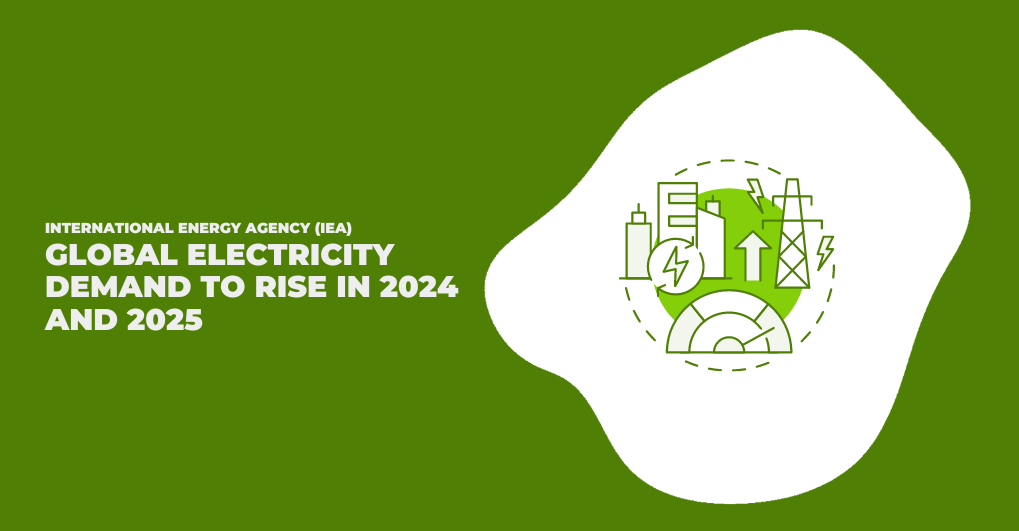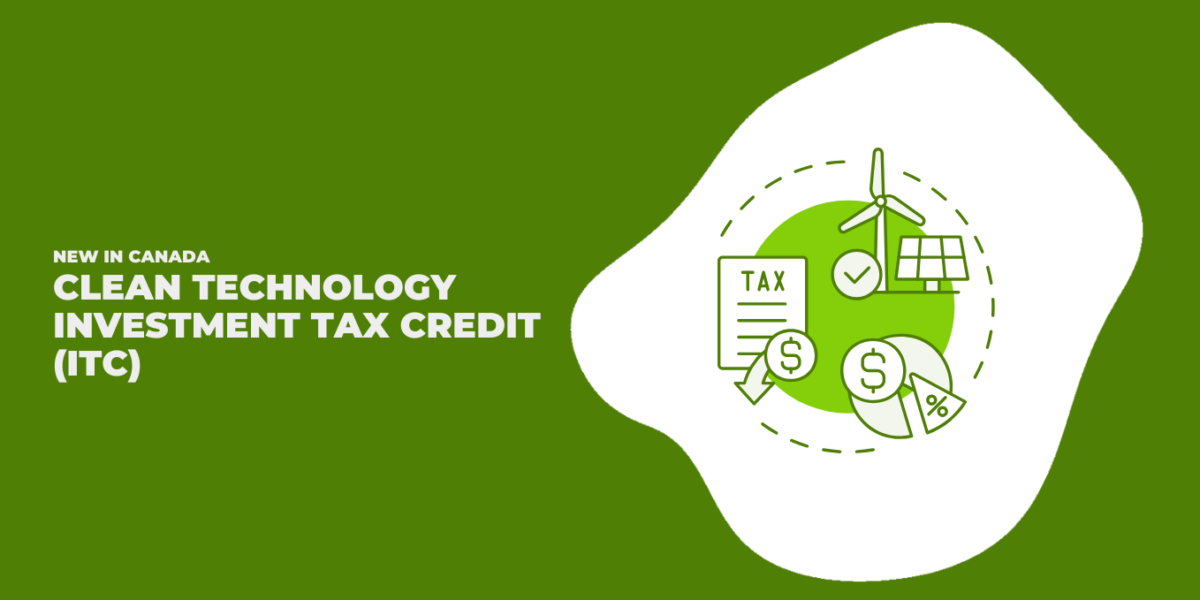According to a new report by the Clean Energy Technology service at IHS Markit, the solar industry is projected to amass $170 billion in total investment in 2022 to surpass the 200 GWdc barrier for the first time.
The report highlights a continuation of rapid solar deployment, of which installed capacity grew by 275% between 2013 and 2020. While the falling cost of PV systems has been a crucial factor in the industry’s maturation, this trend has been briefly interrupted. IHS Markit found that installation costs rose by 4% from 2020 to 2021, adding a new challenge for the solar market.
Global supply chain disruptions and logistical difficulties have proved straining for the solar industry, pushing its cost to new heights. Mainland China’s power restrictions (imposed in the latter half of 2021) have played a sizable role in this, as they’ve severely restricted critical solar-related manufacturing, such as solar glass, silicon metal, and polysilicon. As China grapples with a continuous energy crunch, some silicon producers — such as those found in China’s southwest Yunnan Province — have been ordered to cut production by as much as 90% until December.
This cutback is being felt throughout the global economy, as China is the world’s largest producer of silicon and other solar-related metals by a wide margin.
IHS found that from October 2020 to October 2021, the cost of polysilicon rose over 200%. Other components of solar installations, like inverters and trackers, are also being impacted by the materials shortage.
According to Edurne Zoco, the executive director of clean energy technology at IHS Markit, “there is [a] significant appetite across global markets to invest in and develop solar installations, but the supply chain is just not ready to meet this level of demand; it needs time to adjust. We have seen this most clearly in the polysilicon market, which will continue to be a bottleneck for solar PV growth into 2022 until planned new capacity is ramped up from 2023 onwards.”
There also remains policy uncertainty regarding some of solar energy’s key markets, namely China and the United States — though it will likely be resolved by the first quarter of 2022. If China’s power restrictions drag on longer than anticipated — or if the American residential and commercial solar tax credit (worth 26% of an installation’s cost) fails to be renewed — it may take longer for solar PV costs to stabilize at their former prices.
While ongoing market disruptions have raised the costs of solar temporarily, installations in key markets, such as India, Europe, the United States, and China have continued to drive expansion. Distributed generation, in particular, has seen success — whereas the utility side of solar power witnessed the most significant decline.
“The utility segment has [seen] multiple projects delayed or cancelled. By contrast, the strong growth of the distributed generation, i.e., residential, commercial, and industrial sector, has been one of the success stories of solar PV in 2021,” said Josefin Berg, research manager for clean energy technology at IHS Markit. “[It has been] boosted by the fuel crisis and surging electricity prices, particularly in markets across Europe.”
Despite a slew of macroeconomic challenges ahead, the solar industry’s long-term prospects still look solid, thanks to the technology’s sustainability, low capital expenditure requirements, and breakneck installation speed. Once the immediate logistical challenges are resolved — likely a feat that will take place by 2023 — solar PV costs will once again be rock-bottom.




